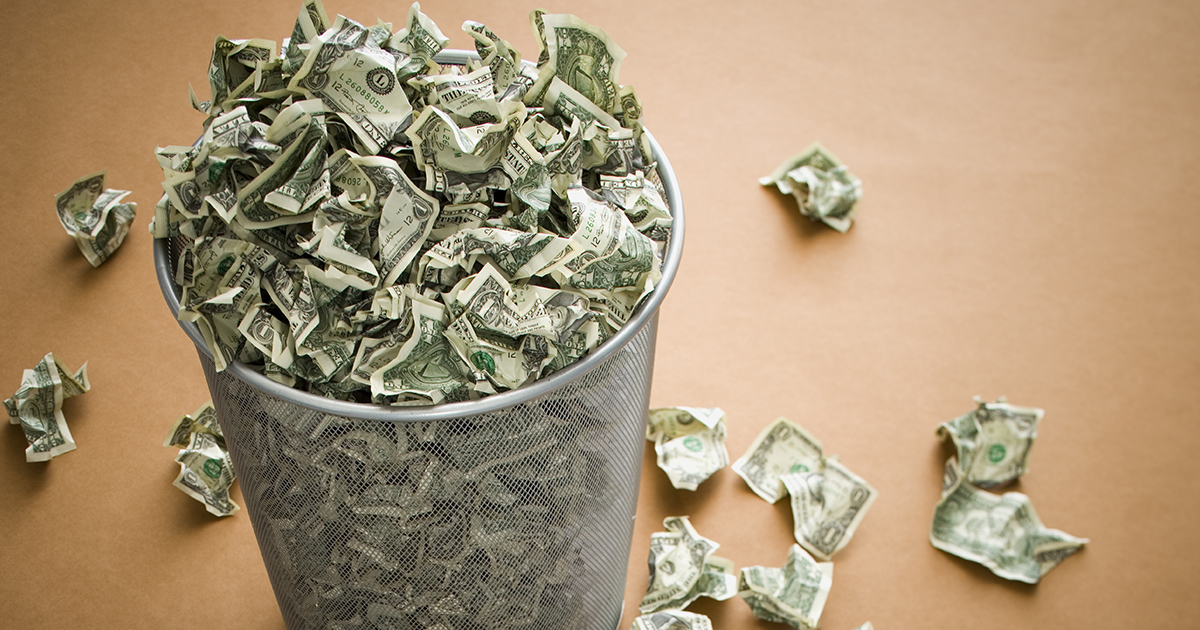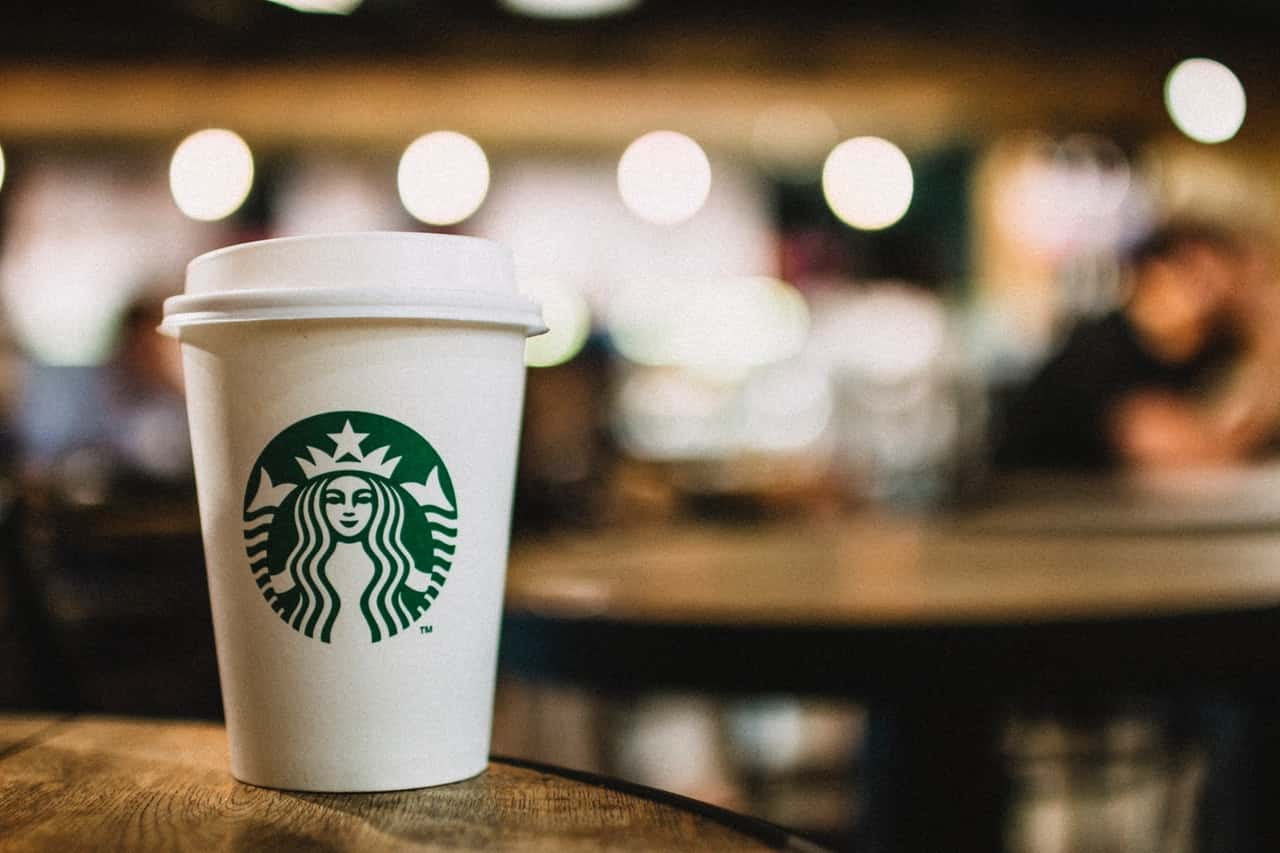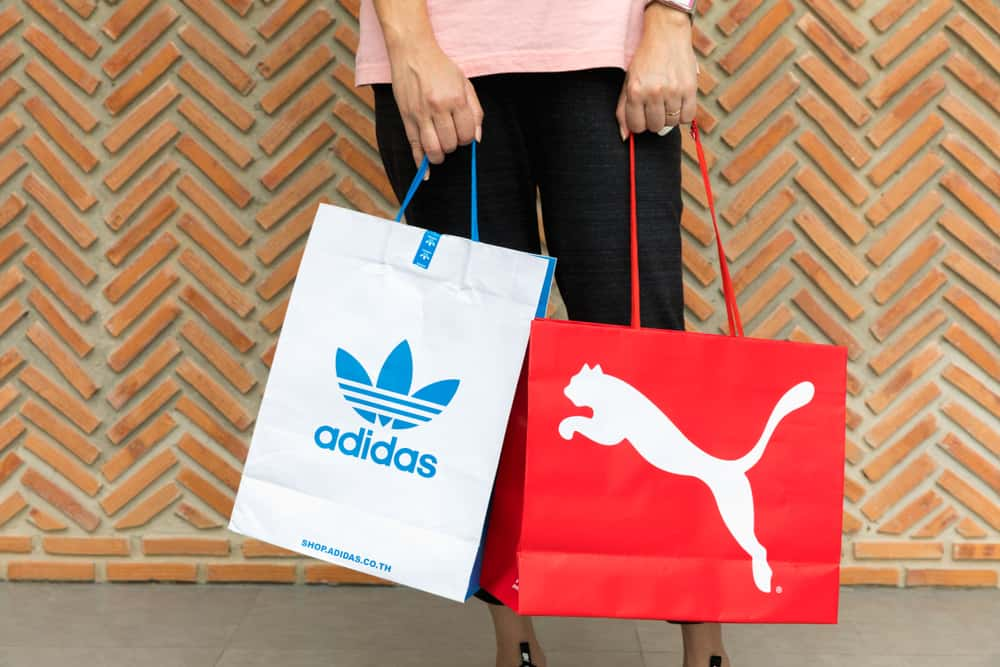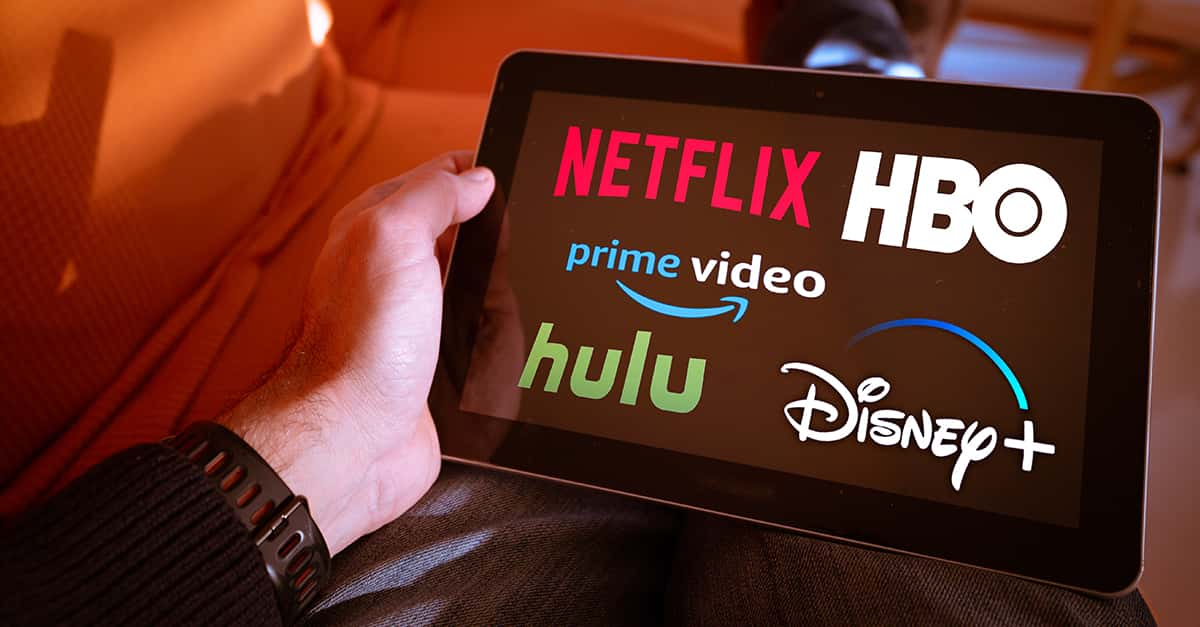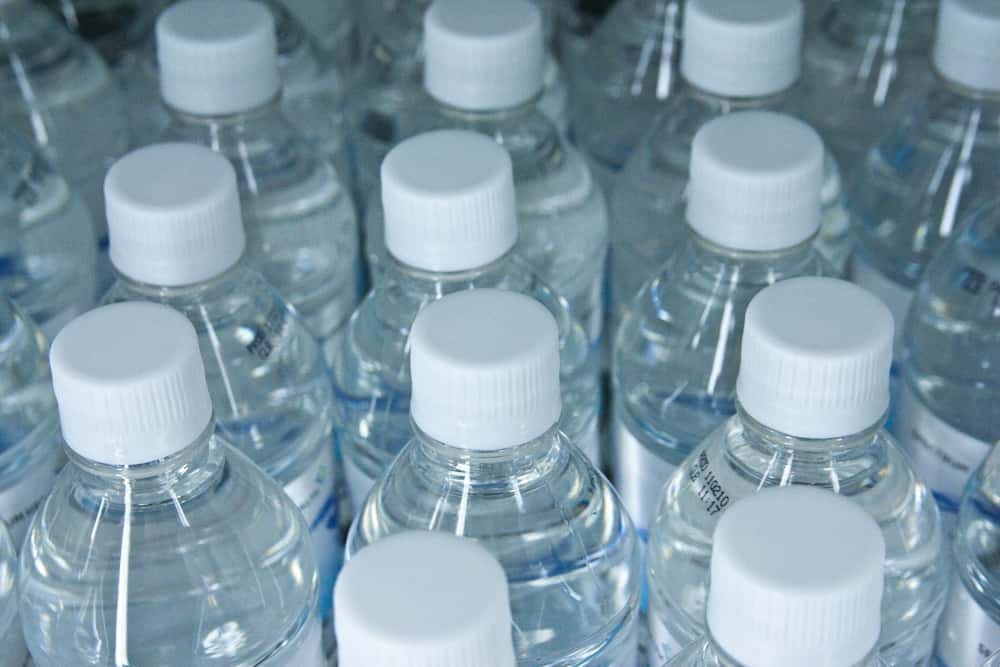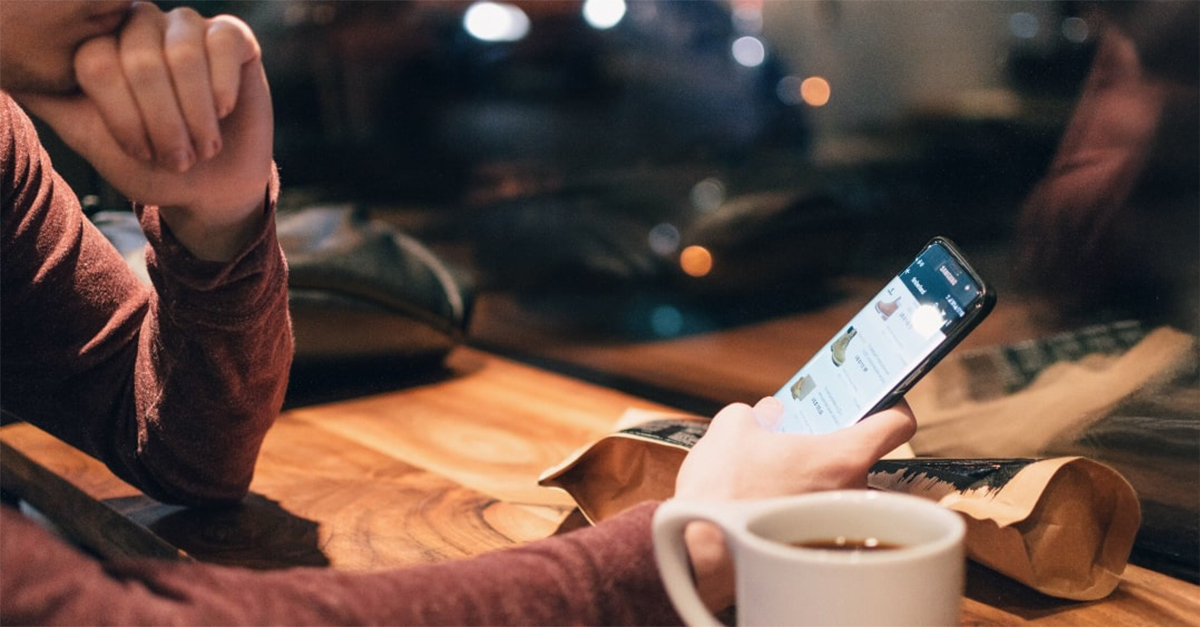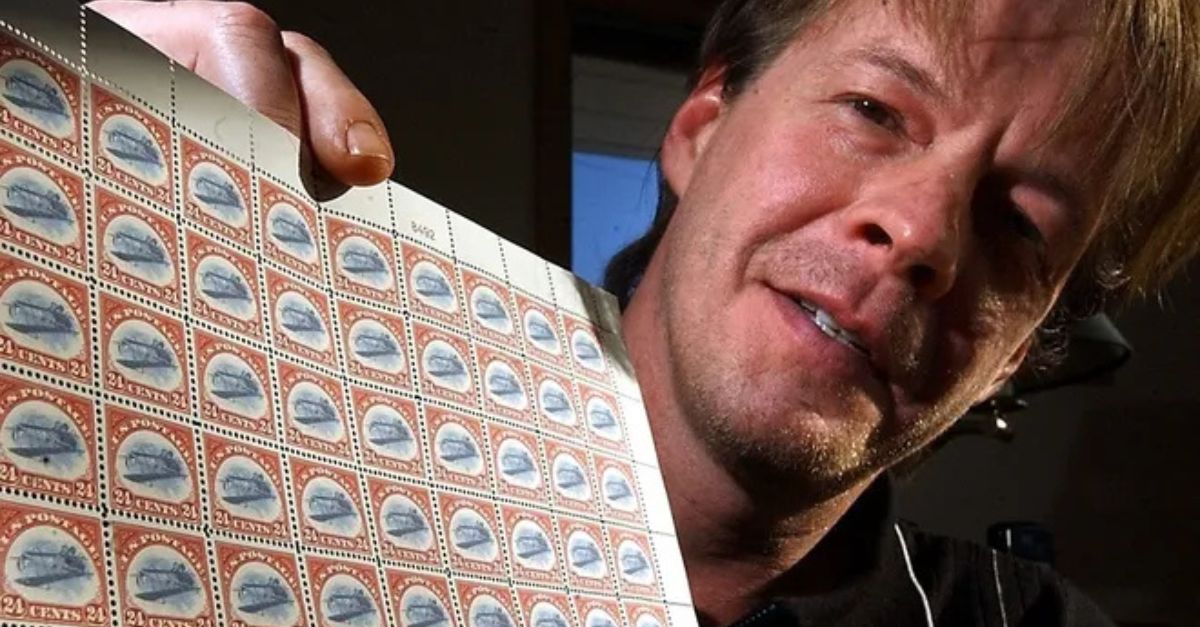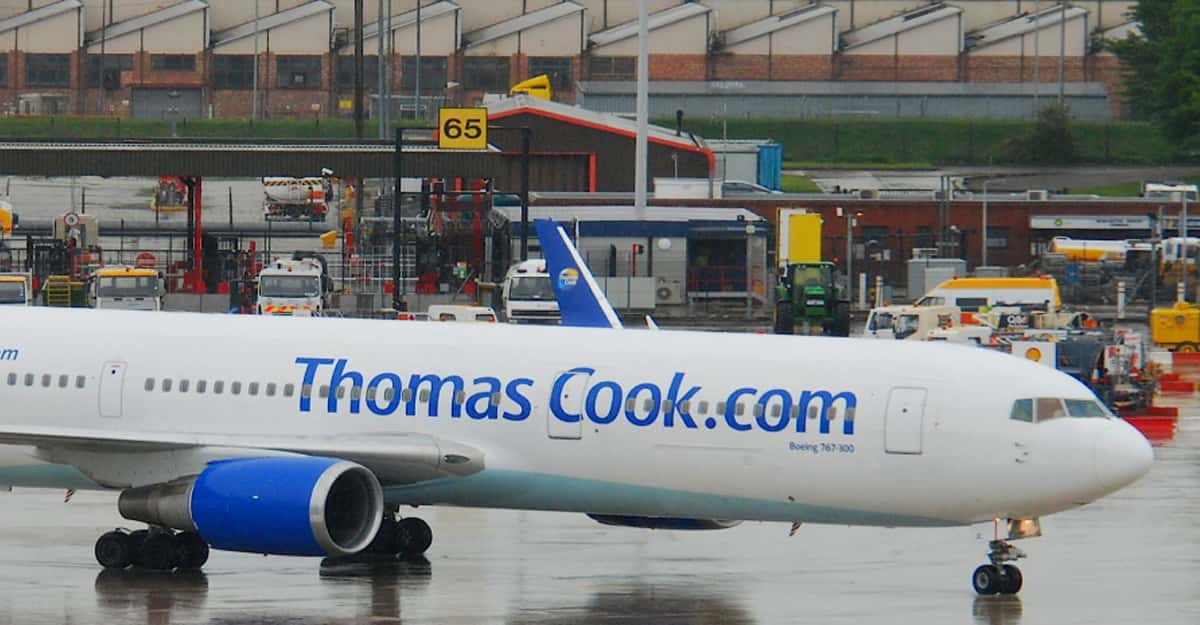Where is All Your Money Going?
Have you ever looked at your bank statement and thought, “where did all my money go?” You’re not alone. We’re all guilty of splurging a little here and there, but it’s those little, sneaky expenses that can add up really quickly.
So, let’s break down the top 10 things that might be quietly draining your wallet—and explore some alternatives that can give your bank account a break.
Dining Out Frequently
Here’s a shocking statistic for you: Restaurants often markup food prices by a whopping 300% or more! Cooking at home not only saves money, but it allows for more control over ingredients, ensuring healthier meals.
The average American spends over $3,000 a year on dining out.
Alternative: Prepare meals at home, or opt for pot-luck gathering with friends.
Expensive Coffee
Coffee shops are charging you for more than you think. In addition to the coffee itself, the cost of your order typically accounts for costs of branding, labor, and overhead. You’re not just paying for coffee, you’re paying for convenience.
Regularly buying coffee from cafes can cost you upwards of $1,100 a year.
Homemade coffee can taste just as luxurious with the right tools and techniques.
Alternative: Make your coffee at home.
Unused Gym Memberships
Many people overestimate how often they’ll actually use the gym. We start off with good intentions and then life gets in the way. Next thing you know, you’re paying for a monthly gym membership that you barely use.
Approximately 67% of gym memberships go unused, costing Americans billions each year.
Alternative: Use pay-per-class fitness options, home workouts, or online fitness platforms.
Impulse Buying
Did you know that stores are designed to encourage impulse purchases? That’s why they have displays conveniently places around cash registers and aisleways.
Impulse purchases account for about $5,400 a year for the average consumer.
Alternative: Create a budget and use shopping lists.
Late Fees and Overdraft Charges
Banks love to profit from customers’ forgetfulness. Automating your finances ensures payments are made on time, reducing the risk of incurring late fees.
Americans pay around $15 billion in overdraft and bounced check fees each year.
Alternative: Set up automatic payments.
Brand Name Products
Brand names spend significant amounts on marketing and packaging—which are costs that get passed onto customers. Generic brands typically offer comparable quality at a fraction of the price.
Choosing brand names over generics can cost you 30-40% more.
Alternative: Buy generic or store-brand versions.
Unused Subscription Services
These days, subscription services are booming. There always seems to be a new avenue to watch your favorite shows. Given this, many consumers excitedly sign up and then forget about it. With so many options, surely you have one or two subscriptions that go unwatched.
Americans waste, on average, $350 per year for subscriptions they rarely use.
Alternative: Review your subscriptions regularly and cancel the ones you don’t use.
Fast Fashion
“Fast Fashion” items are cheap, trendy clothing that takes ideas from the catwalk and quickly turns them into affordable garments to meet consumer need. They are typically made to be disposable, leading to more waste and frequent repurchasing.
Investing in timeless, quality pieces can mean longer intervals between shopping.
The average American throws away nearly 81 pounds of clothing every year.
Alternative: Invest in quality pieces.
Frequent Tech Upgrades
We all feel it—the need to keep up—especially when it comes to technology. Everyone wants the newest smartphone or gaming system.
But frequent tech upgrades not only drain your finances but it contributes to electronic waste. Regular maintenance and careful use can extend you device’s lifespan—and your wallet.
44% of smartphone users said they upgrade to a new device while their old one still works.
Alternative: Extend the life of your current gadgets.
Buying Bottled Water
Believe it or not, bottled water often costs more than gasoline. We get it, it’s convenient. But that’s pretty much the only plus.
The average American spends over $100 per year on bottled water.
Using filtered tap water not only saves you money but it also reduces the environmental impact of plastic bottles.
Alternative: Use a water filter and reusable bottle.
Final Thoughts
Mindful spending habits are a key component of financial wellness. These simply changes can lead to huge savings over time, which allows more of your budget to be used for investments and other valuable experiences or assets.
Think before you spend.

